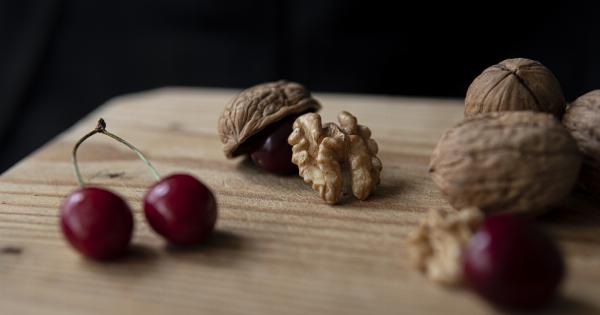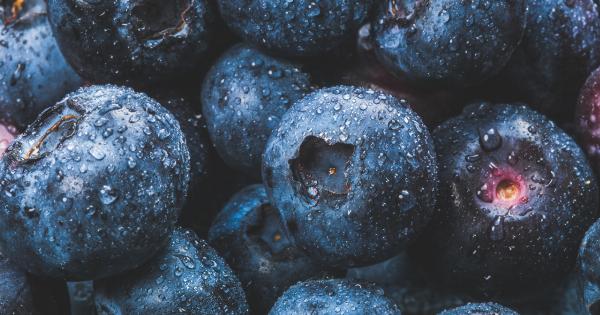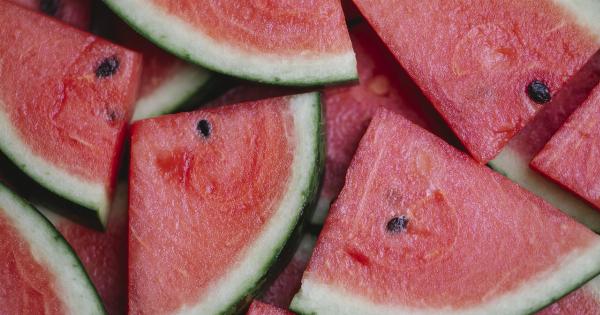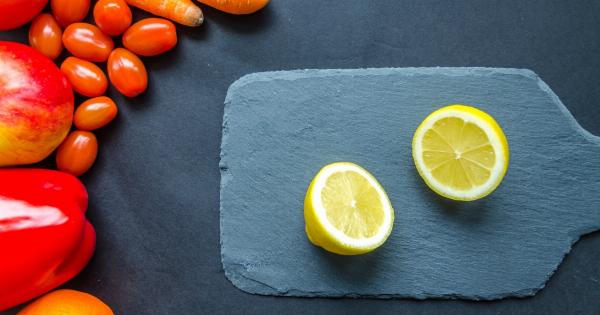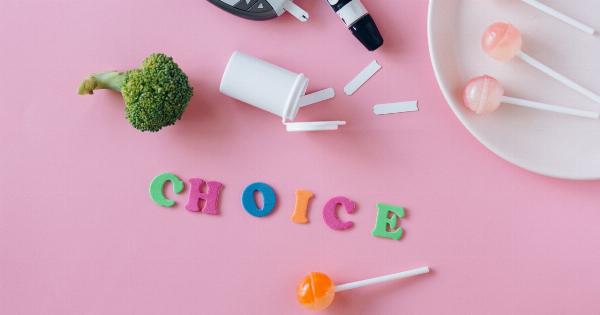When it comes to our food choices, visual appeal plays a significant role in influencing what we eat. We often find ourselves drawn to dishes that are vibrant, colorful, and beautifully presented.
However, what if I told you that having no craving for the appearance of food is entirely possible?.
Understanding the Role of Food Presentation
The presentation of food has always been an essential aspect of culinary traditions around the world. Chefs and culinary artists spend hours perfecting their plating techniques to entice and engage diners.
Gorgeous food photography floods our social media feeds, leaving us salivating and longing to taste these picturesque dishes.
Our visual perception of food plays a vital role in our appetite and food choices. The color, texture, shape, and arrangement of the meal can enhance our desire to indulge in the culinary creation.
Research suggests that people tend to eat with their eyes first, meaning that the appearance of food can significantly impact our overall dining experience.
Appealing to Our Senses Beyond Sight
While aesthetics are undeniably essential, it’s intriguing to explore the concept of craving food without the need for visual stimulation. Imagine being in a pitch-black room where the sense of sight becomes irrelevant.
In such an environment, the appearance of the food would no longer play a role in our cravings.
Blindfolded dining experiences have gained popularity worldwide, where participants are served meals in complete darkness. This unique sensory experience encourages diners to rely solely on their sense of taste, smell, and texture.
In this scenario, the appearance of the food becomes a non-factor, and the focus shifts to the flavors and aromas presented.
The Power of Taste and Aroma
Our sense of taste and smell are closely linked and work together to enhance our food experience. The flavors and aromas of food can elicit various emotional responses and trigger a sense of nostalgia.
In some cases, we may develop cravings purely based on the memories associated with certain tastes and smells.
When we remove the visual aspect of food, our other senses become heightened, allowing us to appreciate the subtleties of taste and aroma even more.
Each bite becomes a moment of discovery as we pay closer attention to the flavors dancing on our tongues and the scents wafting into our noses.
The Role of Texture in Our Cravings
Texture also plays a crucial role in our cravings for food. The crunch of a fresh salad, the creaminess of a velvety soup, or the chewiness of a perfectly cooked steak – all of these textures add a layer of enjoyment to our meals.
When we eliminate the visual aspect, the focus on texture intensifies, making each mouthful an adventure.
Without being influenced by a dish’s visual appeal, we become more open to experimenting with new and unfamiliar textures.
We become curious about the sensations that certain foods can provide, allowing us to develop cravings based on the unique textural experiences offered by different ingredients.
Breaking Free from Food Stereotypes
By eliminating the need for food to look visually appealing, we can break free from the stereotypes and expectations that come with certain dishes.
Some cuisines may face challenges in gaining recognition due to their less aesthetically driven presentations.
For instance, traditional stews or comfort foods might not be visually appealing at first glance. However, that does not diminish their ability to tantalize our taste buds and leave us satiated.
With no craving for the appearance of food, we become more accepting of these dishes and can fully appreciate their flavors and textures.
An Emphasis on Ingredients and Nutritional Value
When we remove the emphasis on food appearance, we can shift our focus to the quality of ingredients and their nutritional value.
Instead of being swayed by the presentation, we become more attentive to the flavors each ingredient brings to the table and the health benefits they offer.
This change in perspective can lead to a more mindful approach to eating. We become more aware of the importance of nourishing our bodies, appreciating each ingredient for its natural and unique qualities.
Our cravings become centered around what will provide us with the most sustenance rather than what looks “good” on a plate.
Appreciating Simplicity and Minimalism
When appearance is not a factor in our cravings, we can find beauty in simplicity and minimalism. We learn to appreciate the delicate flavors of a dish that may not appear extravagant but still offers a memorable culinary experience.
Simplicity encourages chefs and home cooks to focus on the essence of each ingredient and how they complement each other. With no craving for appearance, the dish’s success lies solely in the harmony of flavors and the execution of simplicity.
Conclusion
The importance of visual appeal in our food choices cannot be denied, as it adds an extra layer of excitement and enjoyment.
However, the concept of having no craving for the appearance of food opens up a fascinating realm of appreciation for taste, aroma, and texture.
By exploring the sensory aspects of food beyond sight, we can develop a deeper connection with our meals. Our cravings shift from being visually driven to valuing the experience each dish offers in terms of flavors, smells, and textures.
Stepping away from the reliance on food appearance can help us break free from stereotypes, appreciate simplicity, and focus on the ingredients’ nutritional value.
Ultimately, it allows us to form a more conscious and satisfying relationship with the food we consume.



